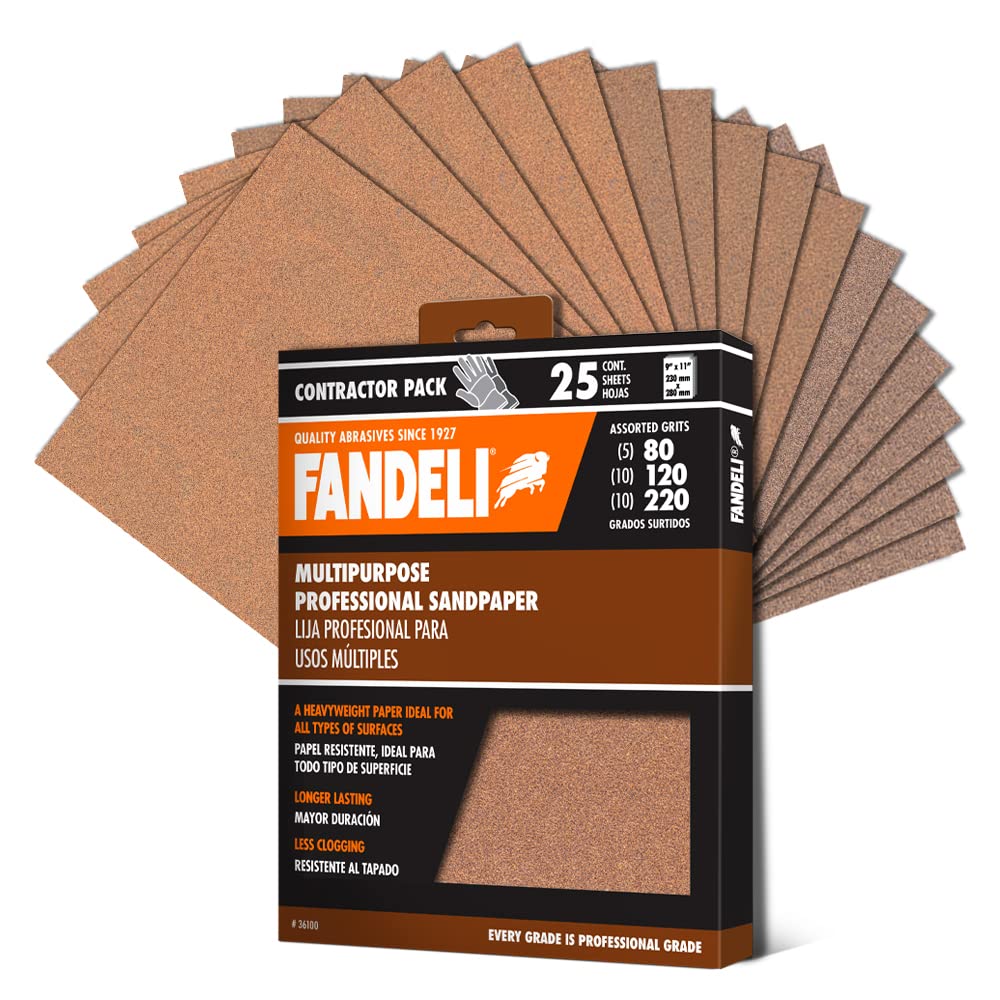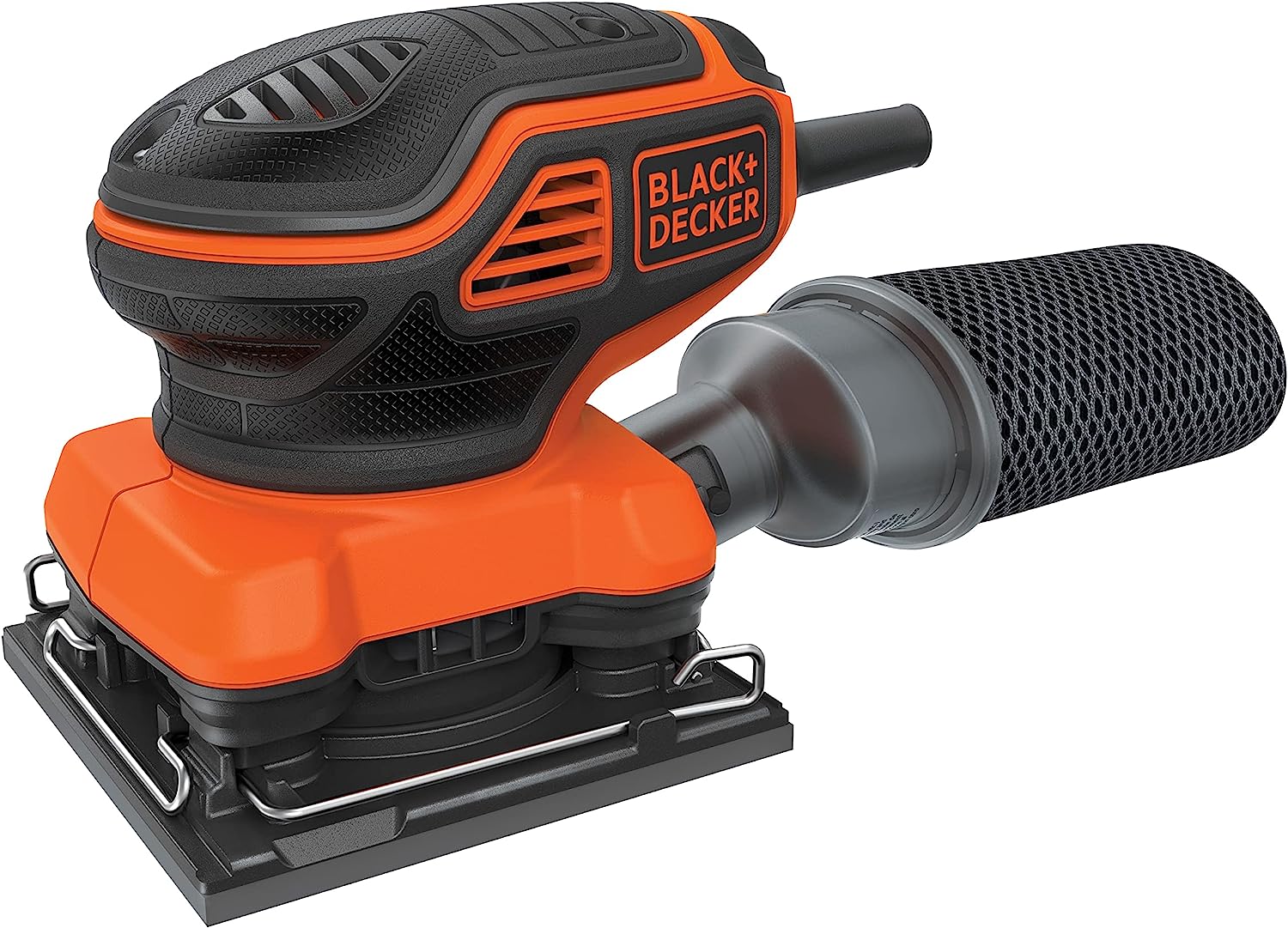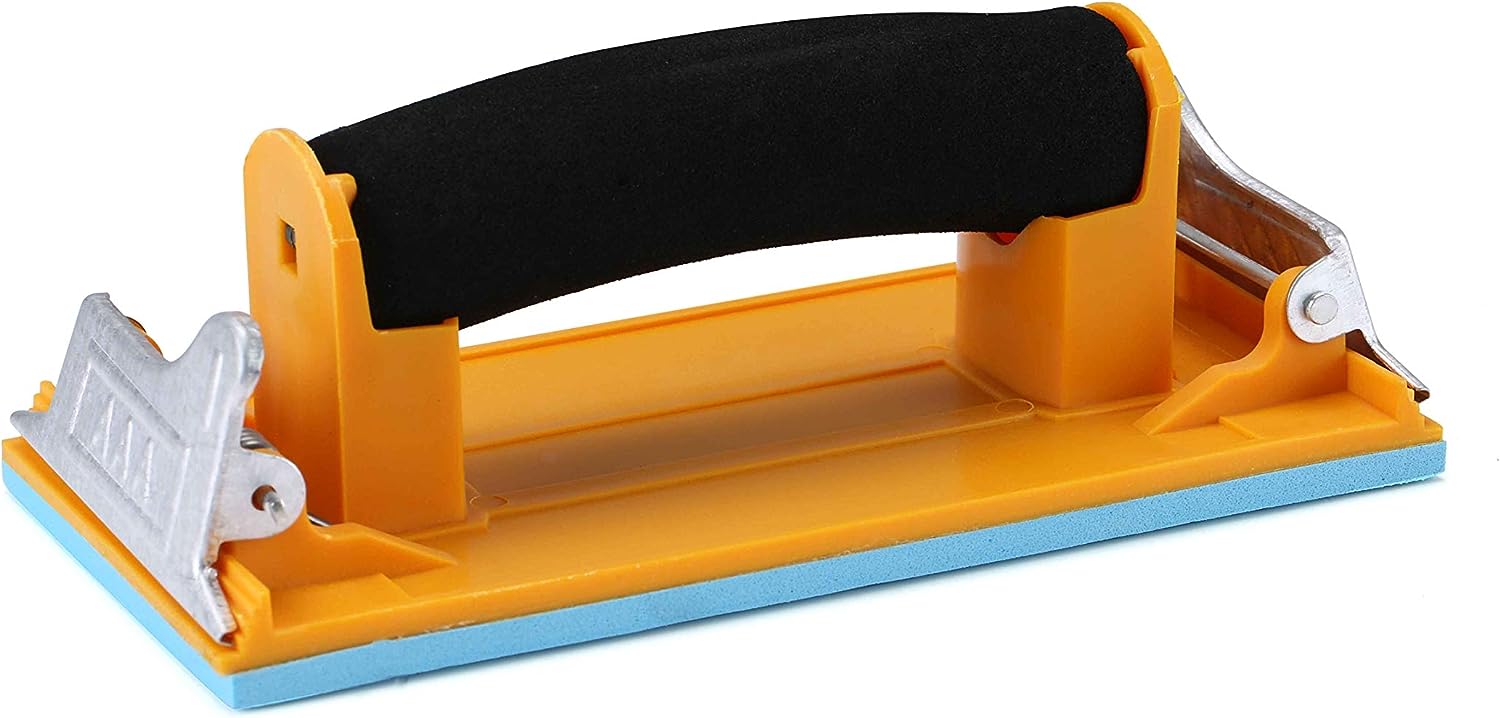A Comprehensive Guide to Choosing the Best Sandpaper for Woodworking
When it comes to woodworking, sanding is an essential step in achieving a smooth and polished finish. Whether you are working on a small DIY project or a large-scale woodworking endeavor, choosing the right sandpaper can make a significant difference in the final result. With a wide variety of sandpaper options available in the market, it can be overwhelming to determine which one is best suited for your specific needs. In this comprehensive guide, we will explore the different types of sandpaper, their grit sizes, and their applications, to help you make an informed decision and achieve the best results in your woodworking projects.
Understanding Sandpaper
Sandpaper, also known as abrasive paper, is a coated abrasive material that consists of a flexible backing and abrasive particles bonded to it. The abrasive particles are responsible for removing material from the surface being sanded, while the backing provides support and flexibility. Sandpaper is available in various forms, including sheets, rolls, discs, and belts, to accommodate different sanding tools and applications.
The Importance of Grit Size
One of the most critical factors to consider when choosing sandpaper is the grit size. Grit size refers to the number of abrasive particles per square inch of the sandpaper. The higher the grit number, the finer the abrasive particles and the smoother the finish. Grit sizes typically range from coarse to fine, with common options including 40, 60, 80, 120, 180, 220, 320, 400, 600, 800, 1000, 1200, 1500, and 2000.
It is important to note that different sanding tasks require different grit sizes. Coarse grit sandpaper, such as 40 or 60, is ideal for removing heavy material, shaping wood, or leveling uneven surfaces. Medium grit sandpaper, such as 80 or 120, is suitable for general sanding and preparing the surface for finishing. Fine grit sandpaper, such as 220 or higher, is used for final sanding and achieving a smooth, polished finish.
The Best Sandpaper for Wood

Fandeli Multi-Purpose Sanding Paper

BLACK+DECKER 2.0 Amp Electric 1/4 Sheet Orbit Sander

Aouker HS85180 Hand Sander
Types of Sandpaper
There are several types of sandpaper available, each with its own unique characteristics and applications. Understanding the different types can help you choose the most suitable option for your woodworking project. Let’s explore some of the most common types of sandpaper:
1. Aluminum Oxide Sandpaper
Aluminum oxide sandpaper is one of the most widely used types of sandpaper. It is durable, long-lasting, and suitable for a wide range of sanding tasks. Aluminum oxide sandpaper is available in various grit sizes, making it versatile for both rough and fine sanding. It is commonly used for sanding wood, metal, and painted surfaces.
2. Garnet Sandpaper
Garnet sandpaper is another popular choice for woodworking. It is made from natural garnet minerals and is known for its excellent cutting ability. Garnet sandpaper is typically used for sanding bare wood, as it provides a smooth finish without scratching the surface. It is available in various grit sizes, ranging from coarse to fine.
3. Silicon Carbide Sandpaper
Silicon carbide sandpaper is a versatile option that can be used for both wet and dry sanding. It is highly durable and suitable for sanding hard materials such as glass, ceramics, and stone. Silicon carbide sandpaper is available in various grit sizes and is known for its fast cutting action.
4. Wet Dry Sandpaper
Wet dry sandpaper, as the name suggests, can be used for both wet and dry sanding. It is typically made with a waterproof backing, allowing it to be used with water or other liquids. Wet dry sandpaper is commonly used for automotive sanding, metal sanding, and woodworking projects that require wet sanding.
5. Specialty Sandpaper
In addition to the common types mentioned above, there are also specialty sandpapers available for specific applications. These include sandpaper for painting prep, drywall sandpaper, glass sanding paper, orbital sander pads, belt sander paper, drum sander paper, sandpaper sponge, and micro grit sandpaper. These specialty sandpapers are designed to meet the unique requirements of different materials and sanding tools.
Choosing the Right Sandpaper for Your Woodworking Project
Now that we have explored the different types of sandpaper, it’s time to understand how to choose the right one for your woodworking project. Here are some factors to consider:
1. Material
The first step in choosing the right sandpaper is to consider the material you will be sanding. Different materials require different types of sandpaper. For example, if you are sanding wood, aluminum oxide or garnet sandpaper would be suitable. If you are sanding metal or glass, silicon carbide sandpaper would be a better choice.
2. Grit Size
As mentioned earlier, the grit size determines the coarseness or fineness of the sandpaper. Consider the level of sanding required for your project and choose the appropriate grit size accordingly. For rough sanding or material removal, a coarse grit sandpaper would be suitable. For final sanding and achieving a smooth finish, a fine grit sandpaper would be ideal.
3. Sanding Tool
The sanding tool you will be using also plays a role in determining the type of sandpaper you should choose. Different sanding tools, such as orbital sanders, belt sanders, or sanding blocks, may require specific types of sandpaper. Check the manufacturer’s recommendations or consult with experts to ensure compatibility between the sandpaper and the sanding tool.
4. Application
Consider the specific application or task you will be performing with the sandpaper. If you need to remove heavy material or shape wood, a coarse grit sandpaper would be suitable. If you need to prepare the surface for finishing or achieve a smooth, polished finish, a fine grit sandpaper would be more appropriate.
5. Durability
Consider the durability of the sandpaper, especially if you are working on a large-scale project that requires extensive sanding. Look for sandpaper that is known for its longevity and resistance to wear and tear. This will ensure that you can complete your project without constantly replacing the sandpaper.
Conclusion
Choosing the best sandpaper for woodworking is crucial in achieving a smooth and polished finish. By understanding the different types of sandpaper, their grit sizes, and their applications, you can make an informed decision and achieve the best results in your woodworking projects. Remember to consider factors such as material, grit size, sanding tool, application, and durability when choosing sandpaper. By selecting the right sandpaper for your specific needs, you can enhance the quality of your woodworking projects and achieve professional-level results.



















